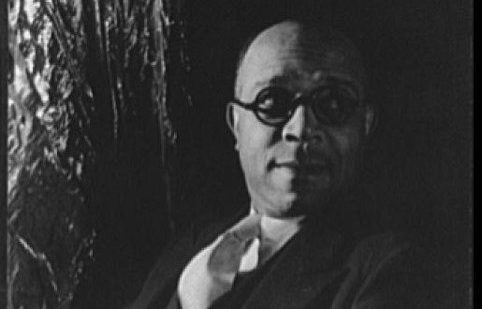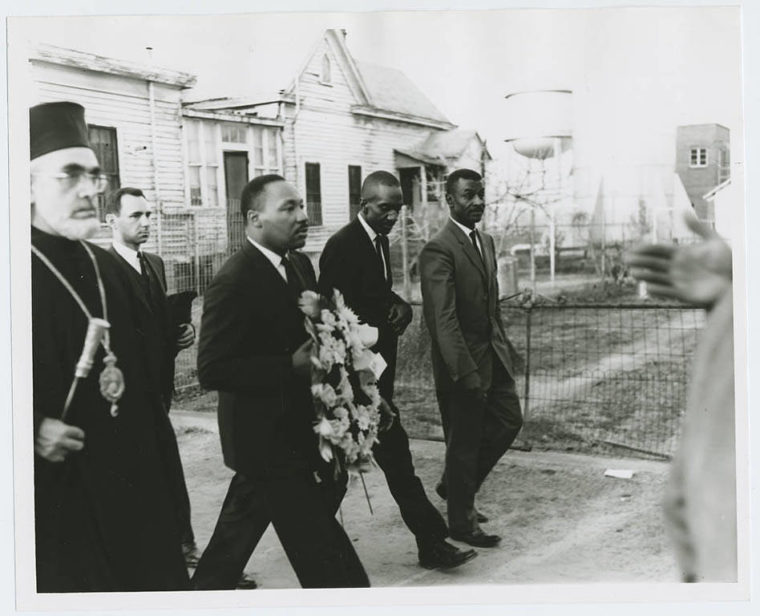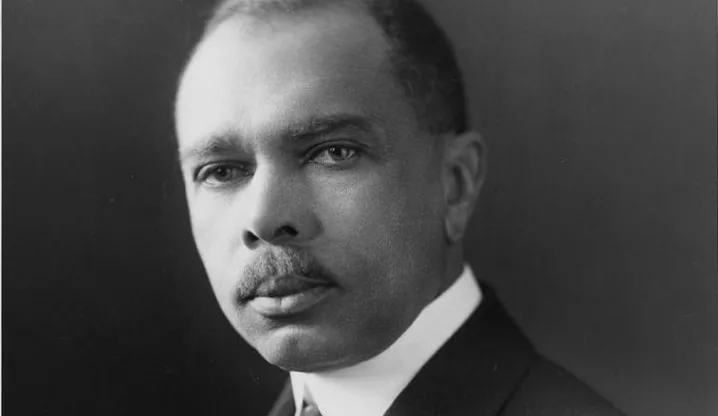“Lift Every Voice and Sing” is a hymn that has been embedded in the African-American cultural and musical heritage for over a century.
Written by James Weldon Johnson and set to music by his brother, J.
Rosamond Johnson, the song was first performed in 1900 by a choir of 500 African-American children in Jacksonville, Florida.
Since then, the song has become an anthem of hope, liberation, and resilience, often referred to as the “Black National Anthem.” This article delves into the history, meaning, and lyrics of this iconic hymn, offering an insight into the story behind its creation and the powerful message it conveys.
The Life of James Weldon Johnson
James Weldon Johnson was a prominent writer, poet, and civil rights activist of the 20th century.
Born in 1871 in Jacksonville, Florida, Johnson became the first African-American lawyer to pass the Florida Bar exam in 1897.
Johnson’s extensive literary works, including novels, poetry, and essays, explored the experiences and struggles of the African-American community.
The Legacy of J. Rosamond Johnson
J. Rosamond Johnson was an accomplished musician and composer, who played a crucial role in the evolution of African-American music.
Along with his brother, James Weldon Johnson, J. Rosamond Johnson was part of the Harlem Renaissance movement, which aimed to celebrate and promote African-American art and culture.

The First Performance of “Lift Every Voice and Sing”
The first performance of “Lift Every Voice and Sing” took place in 1900 at the segregated Stanton School in Jacksonville, Florida.
James Weldon Johnson, who was the principal of the school at the time, wrote the lyrics to the song to commemorate Abraham Lincoln’s birthday.
J. Rosamond Johnson set the lyrics to music, and the song was performed by a choir of 500 African-American children.
The Evolution of “Lift Every Voice and Sing” into a Cultural Icon
Over the years, “Lift Every Voice and Sing” evolved into a powerful symbol of African-American pride and resilience.
The song was adopted by the National Association for the Advancement of Colored People (NAACP) in the 1920s and was sung at major civil rights events, including the 1963 March on Washington.
Today, “Lift Every Voice and Sing” is widely regarded as the “Black National Anthem.”
The Significance of “Lift Every Voice and Sing” in the Civil Rights Movement
During the civil rights movement of the 1960s, “Lift Every Voice and Sing” became a powerful anthem for African-Americans fighting for equal rights and justice.
The song was sung at marches, rallies, and protests, and its lyrics resonated deeply with the struggles and aspirations of the community.
The song’s opening line, “Lift every voice and sing, till earth and heaven ring,” captured the spirit of the movement and the collective determination to achieve freedom and equality.

The Place of “Lift Every Voice and Sing” in Contemporary Culture
Today, “Lift Every Voice and Sing” continues to be a symbol of hope and unity for the African-American community.
The song has been performed by numerous artists, including Beyonce, John Legend, and Jennifer Hudson, and has been featured in major cultural events, such as the Super Bowl and the inauguration of President Joe Biden.
The song’s enduring popularity and relevance attest to its power as a cultural icon.
The Meaning of “Lift Every Voice and Sing” Lyrics
The lyrics of “Lift Every Voice and Sing” convey a powerful message of resilience, hope, and liberation.
The song encourages African-Americans to rise above the struggles and injustices they face and to embrace their identity and heritage with pride.
The song’s lyrics express a deep sense of faith and optimism in the face of adversity, reminding us that the struggles of the past have paved the way for a better future.
Lyrics to “Lift Every Voice and Sing”
Verse 1:
Lift every voice and sing Till earth and heaven ring, Ring with the harmonies of Liberty; Let our rejoicing rise High as the list’ning skies, Let it resound loud as the rolling sea. Sing a song full of the faith that the dark past has taught us, Sing a song full of the hope that the present has brought us; Facing the rising sun of our new day begun, Let us march on till victory is won.Verse 2:
Stony the road we trod, Bitter the chast’ning rod, Felt in the days when hope unborn had died; Yet with a steady beat, Have not our weary feet Come to the place for which our fathers sighed?We have come over a way that with tears has been watered, We have come, treading our path through the blood of the slaughtered, Out from the gloomy past, Till now we stand at last Where the white gleam of our bright star is cast.
Verse 3:
God of our weary years, God of our silent tears, Thou who hast brought us thus far on the way; Thou who hast by Thy might Led us into the light, Keep us forever in the path, we pray.Lest our feet stray from the places, our God, where we met Thee; Lest our hearts, drunk with the wine of the world, we forget Thee; Shadowed beneath Thy hand, May we forever stand, True to our God, True to our native land.
Conclusion
“Lift Every Voice and Sing” is a powerful hymn that has played a significant role in the African-American cultural and musical heritage.
The song’s origins, cultural significance, and impact on the community highlight the power of music as a force for social change and empowerment.
The enduring popularity and relevance of “Lift Every Voice and Sing” attest to its place as a cultural icon and a symbol of hope, unity, and liberation.
FAQs:
What is the meaning of the title, “Lift Every Voice and Sing”?
The title of the song is a call to action, urging African-Americans to lift their voices and sing in unison.
The song’s title reflects the idea that collective singing and music can be a powerful force for unity and empowerment.
What is the significance of “Lift Every Voice and Sing” in the African-American community?
“Lift Every Voice and Sing” is a powerful symbol of African-American identity and heritage.
The song celebrates the struggles and achievements of the community and inspires a sense of pride and resilience.
Why is “Lift Every Voice and Sing” sometimes referred to as the “Black National Anthem”?
The song is sometimes referred to as the “Black National Anthem” because of its status as a cultural icon of the African-American community.
The song’s lyrics and message resonate deeply with the struggles and aspirations of the community, and it has become a symbol of hope and unity.

I am a fun fact enthusiast and creator of Facts On Tap.
I love to share my knowledge and curiosity with readers and inspire them to learn something new every day.
When I’m not writing, I enjoy traveling, reading, and playing trivia games with my friends.




